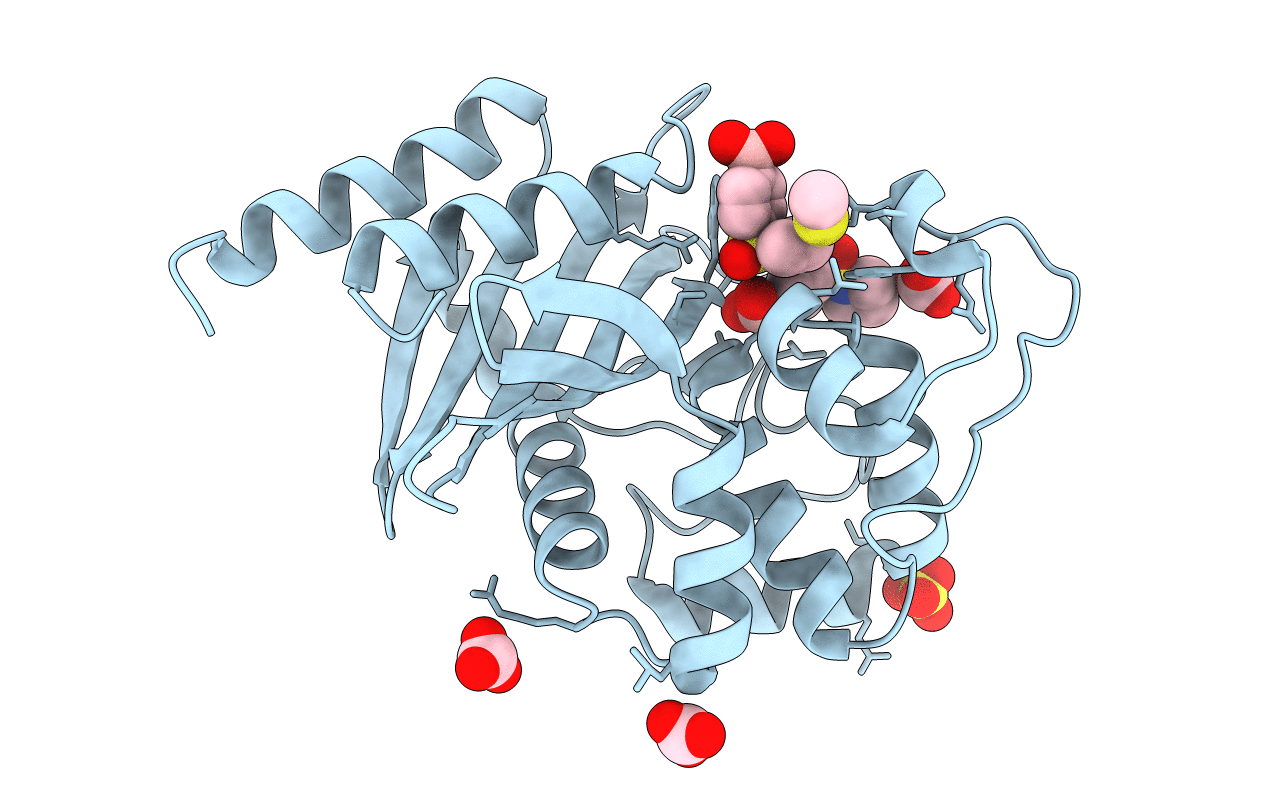
Deposition Date
2016-09-27
Release Date
2017-01-11
Last Version Date
2023-11-15
Entry Detail
PDB ID:
5TG5
Keywords:
Title:
OXA-24/40 in Complex with Boronic Acid BA8
Biological Source:
Source Organism:
Acinetobacter baumannii (Taxon ID: 470)
Host Organism:
Method Details:
Experimental Method:
Resolution:
1.75 Å
R-Value Free:
0.20
R-Value Work:
0.17
R-Value Observed:
0.17
Space Group:
P 41 21 2


